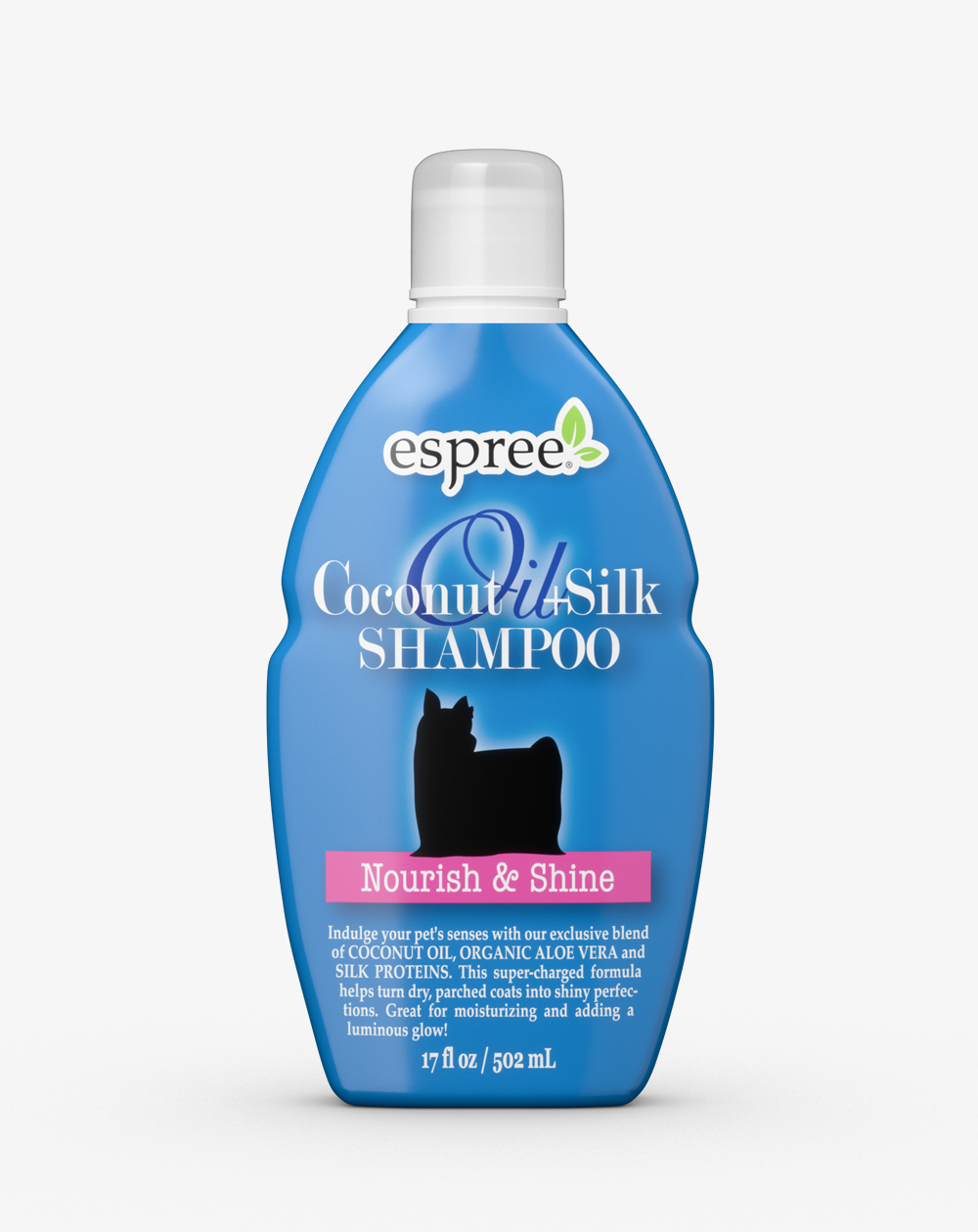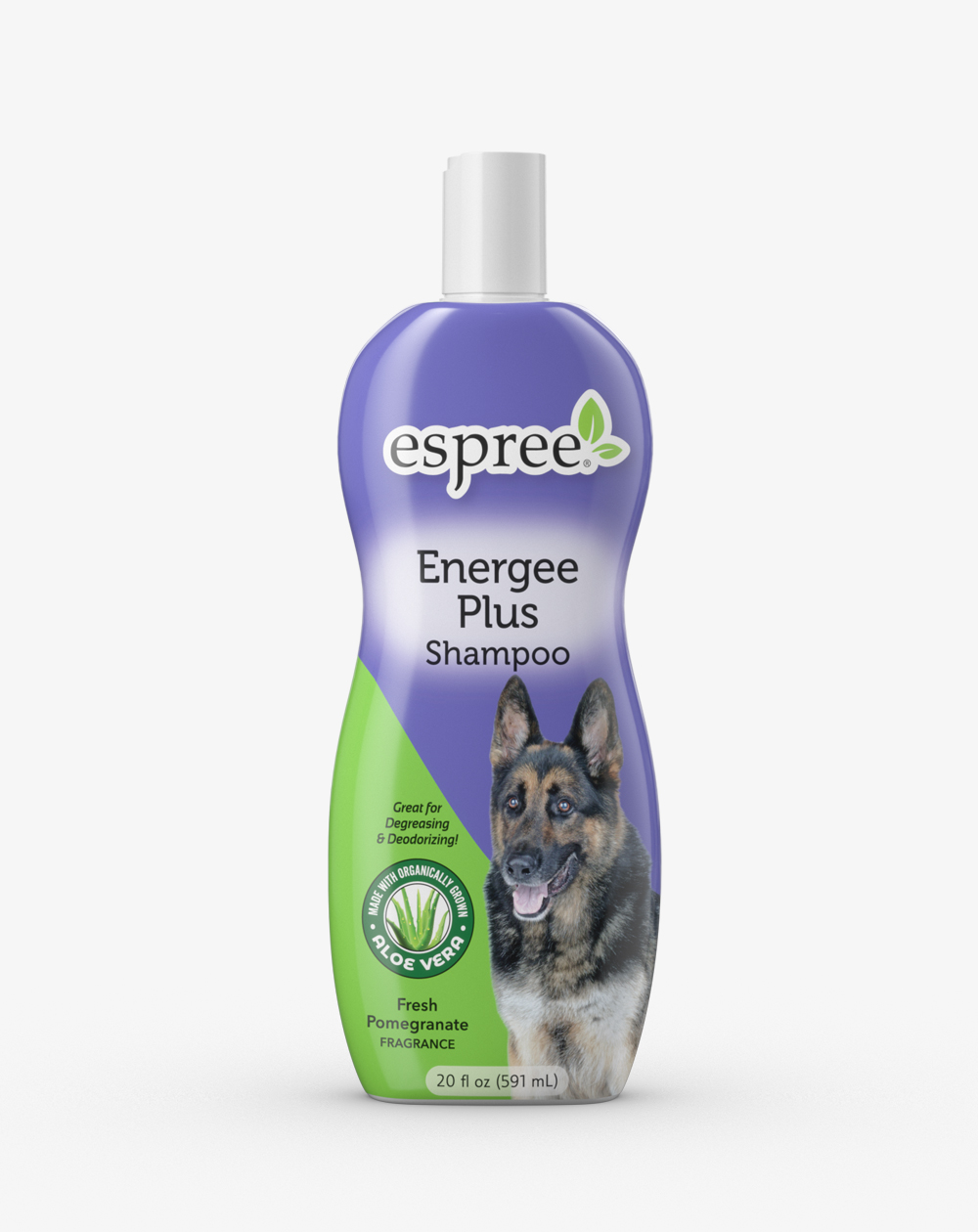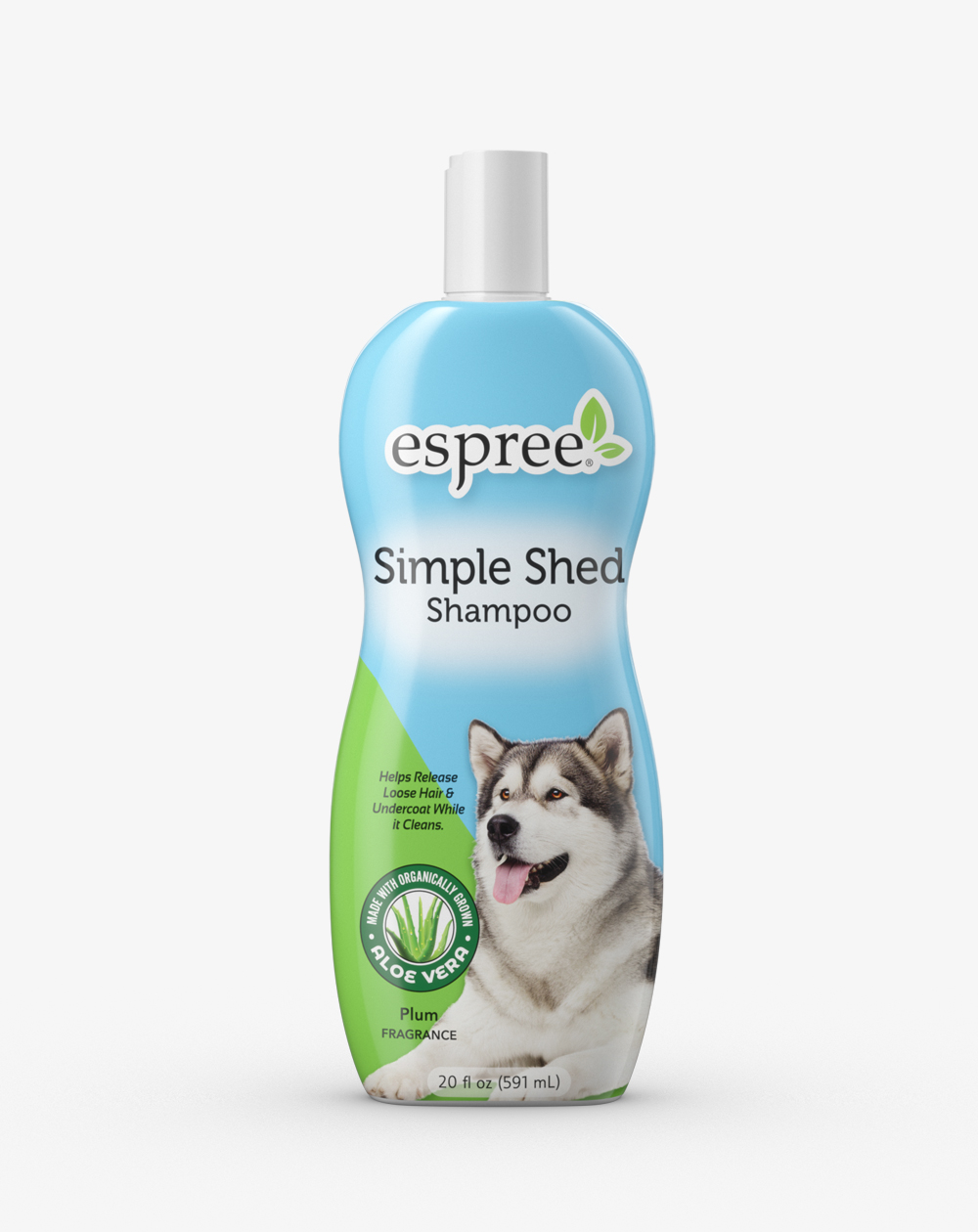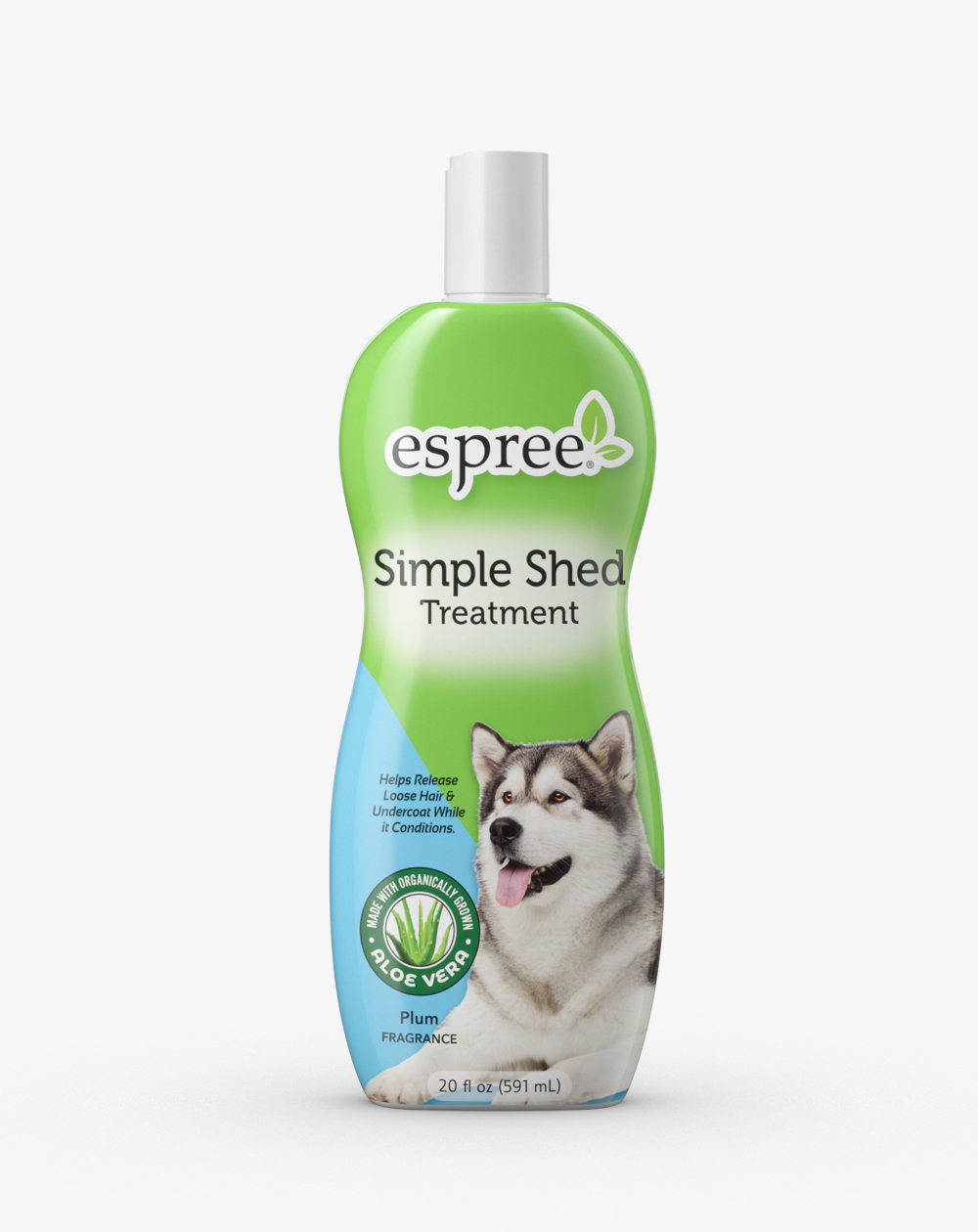
Rottweiler
Robust and powerful, the Rottweiler is happiest when given a job to perform. His intelligence, endurance and willingness to work make him suitable as a police dog, herder, service dog, therapy dog, obedience competitor and devoted companion. An inherent protector, the Rottweiler is self-confident and responds quietly and with a wait-and-see attitude to influences in his environment. He must be medium in size and his coat is black with rust to mahogany markings.
Breed Profile
Rottweilers love their people and may behave in a clownish manner toward family and friends, but they are also protective of their territory and do not welcome strangers until properly introduced. Obedience training and socialization are musts. Rottweilers must be exercised daily but require minimal grooming maintenance.
Grooming
This breed does require routine bathing and grooming. This loyal dog can be bathed every two to eight weeks depending on his activity level and lifestyle. With this dense coat, regular bathing is essential to minimize shedding and to maintain healthy skin and coat. A facial wash is recommended to help keep the face smelling fresh and clean. Before bathing a Rottie, it is recommended to massage the coat with a rubber curry to remove any loose hair.
Finishing the Dog: Tools and Finish Grooming
A Rotties coat should be clean and fresh smelling, with the coat lying flat against the body. There should be no shedding hair after they are bathed and dried. Apply a light hydrating spray to enhance the natural shine of the coat when finished.
General Health Care
Prep work is the foundation of all grooming. Prep work includes ear cleaning, nail trimming, anal glands, and proper dental hygiene. Mastering these skills sets the professional pet stylist apart from the rest. Prep work should be done before every bathing and grooming appointment. All dogs need to have their ears checked and cleaned on a regular basis. Proper nail care is also very important. Long, unsightly nails are uncomfortable for the dog, as well as anyone they might jump on. Long nails also compromise the shape of the foot. Trimming the pads of the foot helps give the dog good traction on different surfaces and can minimize the amount of dirt the dog tracks into the house. It also affords the opportunity to treat and condition the paws from cracks and abrasions. Anal glands should also be checked and expressed if they are full. Some caring pet owners prefer to have the anal glands done by their veterinarian. Good dental hygiene is essential for a healthy pet as well.
Nutritional Care
In order to maintain healthy skin and coat as well as overall health, it is important to provide good nutrition to your dog through a well-balanced diet, vitamins, and healthy treats.
Do they require a lot of grooming?
They require minimal grooming. Routine baths and brush outs are recommended to minimize shedding and keep the skin and coat in good condition.
What are the common health problems in the Rottweiler?
Some common health concerns with the breed are Hip Dysplasia, Elbow Dysplasia, and Cancer.
[Accordion] Do they shed or cause allergies?
They do shed year around. Frequent baths and blowouts will help accelerate shedding so there is less hair lying on your floors.
Are they good with children?
This strong, powerful, and loyal dog has protective instincts. They make great companions and protectors. Due to their large size, this breed is not recommended for families with small children. As with any breed of dog, you should never leave a dog unattended with a small child.
What if I have a show dog?
Whether you have a show dog or a companion dog, the same basic care is given regarding nutrition, socialization, and hygiene. The difference is the conditioning of the dog and conformation training. It is always quite helpful if your breeder can help mentor you to lead you in the right direction upon entering the wonderful world of dog shows. A great place to start is the American Rottweiler Club, http://www.amrottclub.org




